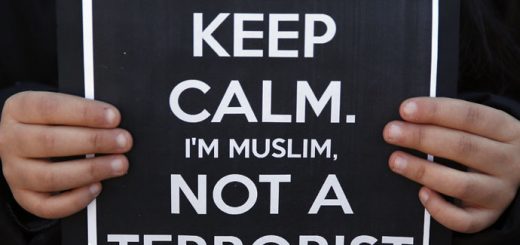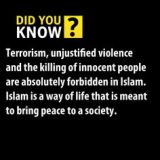Causes of Islamophobia in the World
Islamophobia (the irrational fear or hatred of Islam and Muslims) is a complex phenomenon influenced by historical, social, political, and cultural factors. Below are some of the main causes of Islamophobia in the world, along with references to studies and reports that have addressed this issue:
1. Terrorist Attacks and Armed Conflicts
- Some terrorist attacks around the world have been associated with Islam or extremist groups, such as the September 11, 2001 attacks in the United States and the 2015 Paris attacks. These events have contributed to a negative generalization about Islam and Muslims.
- According to a 2017 study by the Pew Research Center, a significant percentage of Europeans and Americans view Islam as being associated with terrorism.
2. Negative Media Coverage
- The media plays a significant role in shaping stereotypes about Islam and Muslims. Muslims are often portrayed as a threat to security or as culturally backward.
- A 2018 study by the University of Cambridge found that Western media coverage tends to link Islam with violence and extremism.
3. Government Policies and Restrictive Laws
- Some Western governments have adopted policies and laws that directly or indirectly target Muslims, such as bans on face veils or restrictions on immigration from Muslim-majority countries.
- A 2019 report by Amnesty International highlighted that policies like the U.S. “travel ban” have exacerbated Islamophobia.
4. Colonial History and Geopolitical Conflicts
- The colonial history of European countries in the Muslim world has left a legacy of tensions and negative stereotypes.
- Modern geopolitical conflicts, such as the wars in Iraq and Afghanistan, have fueled hostility toward Muslims.
5. Ignorance and Lack of Cultural Interaction
- Limited interaction between Western societies and Muslims has led to widespread misconceptions about Islam. Many people rely on stereotypes rather than understanding Islam from its sources.
- A 2020 study by Harvard University showed that positive interaction between Muslims and non-Muslims reduces Islamophobia.
6. Populist Political Rhetoric
- Some politicians use anti-Islam rhetoric to gain voter support, which reinforces Islamophobia.
- A 2021 United Nations report noted that anti-Muslim political discourse in Europe and North America contributes to the worsening of the phenomenon.
7. Economic and Social Crises
- During periods of economic crisis, some people blame “the other” (including Muslims) as scapegoats for their problems.
- A 2019 study by the University of Oxford found that Islamophobia increases in regions suffering from unemployment and poverty.
References:
- Pew Research Center. (2017). “Europe’s Growing Muslim Population.”
- University of Cambridge. (2018). “Media Representation of Islam and Muslims.”
- Amnesty International. (2019). “Report on Islamophobia in Western Policies.”
- Harvard University. (2020). “The Impact of Intercultural Interaction on Reducing Islamophobia.”
- United Nations. (2021). “Report on Political Discourse and Islamophobia.”
- University of Oxford. (2019). “Economic Crises and the Rise of Islamophobia.”
These factors interact to create an environment that fosters Islamophobia, necessitating educational, media, and political efforts to address it.
Number of View :415

















